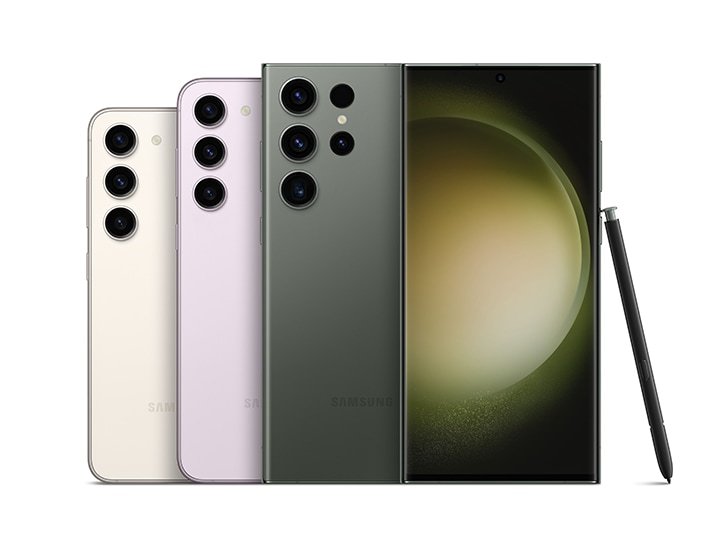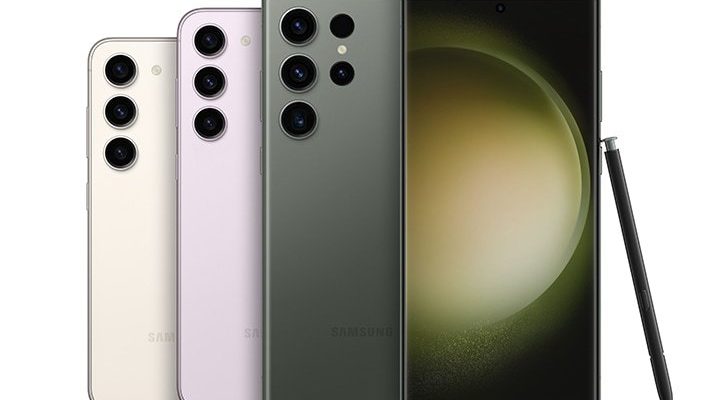
So, if you’re curious about whether your trusty Samsung AC remote can join the conversation with Alexa or Google Assistant, you’re definitely not alone. Let’s break it down together, step by step, like troubleshooting a stubborn remote that refuses to sync. We’ll talk about what’s *actually* possible, and what’s more wishful thinking.
How Do Samsung AC Remotes Work, Anyway?
Most Samsung air conditioners come with a remote that looks pretty standard—lots of buttons, maybe some cryptic icons, and probably a battery compartment you only open when absolutely necessary. These remotes usually use **infrared (IR) signals** to communicate with your AC unit. Imagine it like a flashlight: when you point the remote, it sends a little light signal your AC understands. If something’s blocking the “beam,” you’re out of luck.
Here’s the thing: as simple and old-school as it sounds, IR remotes have their limitations. They’re designed to *talk* only to your air conditioner, not to your Wi-Fi network or your fancy smart speaker. You can’t just say, “Hey Google, turn on the AC” and expect the IR remote to spring into action. It just isn’t built for that kind of tech magic.
Some newer Samsung air conditioners, though, have their own Wi-Fi modules built in. That’s kind of like giving your AC its own smartphone—it can connect to your internet and, with the right setup, *maybe* listen to your voice commands. But the plain old IR remote? It’s pretty much silent on the smart home front.
Alexa and Google Home: What Can They Actually Control?
If you already use Alexa or Google Assistant for other tasks—maybe turning on lights, playing music, or even ordering pizza—you know how powerful that can be. But connecting your AC isn’t always so simple. Alexa and Google Home like to play with gadgets that understand “Wi-Fi language,” not IR.
Smart home assistants work best with devices that have their own Wi-Fi capabilities or are paired through special smart hubs. So unless your Samsung air conditioner or its controller can hop onto your Wi-Fi, Alexa and Google Home are basically talking to a brick wall. The IR remote is invisible to them—they just can’t communicate.
Now, some Samsung AC models that do have Wi-Fi (the ones supporting Samsung’s SmartThings app) can be *added* to Alexa or Google Home. In that setup, you don’t control the AC with the remote anymore—your phone, or voice, becomes the remote. But that’s only for certain models, and not every Samsung AC is invited to the party.
What If My Samsung AC Only Has a Regular Remote?
Okay, here’s where things get a little trickier—and honestly, a bit disappointing for some. If your Samsung AC came with a simple IR remote and no Wi-Fi built-in, Alexa and Google can’t talk to it directly. You can’t just pair the remote and magically sync it up.
But don’t give up hope yet! There are workarounds. Universal smart IR blasters—like the BroadLink RM4 Mini, Sensibo Sky, or other similar gadgets—can help bridge the gap. These devices act as translators: they “learn” your remote’s IR signals, connect to your Wi-Fi, and then listen for Alexa or Google Home commands. When you say, “Alexa, turn on the AC,” the IR blaster sends the right signal to your Samsung as if you’d pressed the remote button yourself.
It’s not plug-and-play, though. You have to:
- Set up the IR blaster with your home Wi-Fi.
- “Teach” it the correct remote codes (yes, that means some techy setup).
- Add the device to your Alexa or Google Home system.
- Test to make sure it actually works (because troubleshooting is a way of life, right?).
So, while *technically* possible, it’s not just a quick code or “sync” trick. It takes some patience and maybe a few deep breaths (or snacks).
Which Samsung AC Models Work Directly With Alexa Or Google?
Here’s the short version: only Samsung ACs that support **SmartThings** (Samsung’s own smart home app) and have built-in Wi-Fi can connect directly to Alexa or Google Home. If your AC is a bit older or lacks Wi-Fi, you’re out of luck—unless you use a smart IR blaster like we just talked about.
Most newer Samsung Wind-Free or Smart Inverter series models have this feature. They connect to your home Wi-Fi, and you add them to SmartThings on your phone. Then, you link SmartThings to Alexa or Google Home, and suddenly your voice commands can make the AC respond.
So, if you’re shopping for a new AC and want voice control, check the specs for Wi-Fi compatibility and SmartThings support. Otherwise, you’ll be jumping through extra hoops (and possibly climbing behind furniture to reset things when the pairing fails).
Let me tell you—when it works, it feels like the future. But if you’re stuck with an older or “basic” remote, you’re better off investing in a compatible IR blaster than hoping for a software update that’ll never come.
How To Set Up Samsung AC With Alexa Or Google Home
Let me walk you through the two possible routes:
If you have a Wi-Fi enabled Samsung AC:
- Install Samsung’s SmartThings app on your phone.
- Follow the in-app instructions to “add a device,” and select your AC model.
- Get your AC connected to the same Wi-Fi network as your phone (you may need the AC remote to enter pairing mode).
- Once the AC appears in SmartThings, link your SmartThings account to Alexa or Google Home through their settings.
- Ask Alexa or Google to “discover devices,” and your AC should show up ready to control.
That’s the streamlined path—no extra hardware needed if your AC is smart enough. If not, you’ll need an IR blaster, and the process is more complicated (see above).
Tip: If your AC drops off the Wi-Fi, reset both the SmartThings app and your AC’s network settings. Battery levels in the remote don’t matter here, but low Wi-Fi signal might!
Honestly, setting this up takes some patience. If you get stuck, Samsung’s support forums can be a lifesaver—just be ready for some deep-dives into settings menus.
Troubleshooting Common Issues
Technology loves to misbehave when you’re most excited, right? Here are some common snags and how to deal with them:
- Sync issues: If Alexa or Google can’t find your AC, double-check that everything’s on the same Wi-Fi and all apps are updated. Sometimes a simple “forget and re-add device” works wonders.
- Code or pairing errors: If using a smart IR blaster, make sure you’ve taught it the *right* remote codes. If the AC beeps but doesn’t do what you asked, try resetting the pairing process.
- Remote battery problems: While your original remote’s battery doesn’t stop voice control from working (since commands go over Wi-Fi or through the IR blaster), a dead battery means you can’t use the remote to reset or pair during setup.
- Random disconnects: Wi-Fi hiccups can cause all sorts of weird problems. If your AC keeps dropping off, try moving your router closer or using a Wi-Fi extender.
I’ve spent more time than I care to admit rebooting routers and re-pairing devices. It’s all part of the smart home journey—think of it as a digital puzzle.
Universal Remotes vs. Samsung Remotes: What’s the Difference?
You might be wondering if a universal remote can solve your problems. After all, universal remotes claim to control *everything*, right? Well, kind of.
A universal remote can often be programmed with the right code to control your Samsung AC—but just like your original remote, it relies on IR. That means it won’t magically turn your AC into a smart device or connect it to Alexa or Google Home. It’s a handy backup, but it doesn’t solve the voice control issue unless you use a smart IR blaster that works with both your AC and your chosen smart ecosystem.
So, while universal remotes are great when your Samsung remote goes missing (or falls victim to the couch cushions), they’re not a shortcut to smart home glory. For true voice control, your best bet is either:
- A Wi-Fi enabled Samsung AC (with SmartThings)
- A smart IR blaster that plays nice with Alexa or Google
Everything else? Well, you’ll be reaching for the remote just like you always have.
Alternatives for Full Smart AC Control
Let’s say you’re just not satisfied with the options above. Maybe your Samsung AC is too old for SmartThings, or you’re allergic to extra gadgets. What else can you do?
Here are some alternatives:
- Upgrade to a Wi-Fi-enabled AC unit. This is spendy, but it’s the most reliable solution for seamless voice control and automation.
- Use a third-party smart thermostat or AC controller (like Sensibo or Ambi Climate) that works with Samsung ACs. These often support voice assistants and offer fancy scheduling, climate monitoring, and even geofencing.
- Stick with manual control, but set reminders on Alexa or Google to nudge you. Not as slick, but hey, it works in a pinch.
Everything boils down to how much convenience (and cash) you’re willing to invest. Smart home tech is awesome, but it’s rarely as “set and forget” as the commercials suggest.
Final Thoughts: Should You Try Connecting Samsung AC Remotes With Alexa Or Google?
If I’m completely honest, this whole smart AC thing is a little like putting together IKEA furniture. It looks simple, but there are always extra pieces and you’re never quite sure if you did it right until you try it out.
So, are Samsung AC remotes compatible with Alexa or Google? Not directly. The regular IR remotes just don’t have the tech to make it work. But with the right Wi-Fi-enabled AC (or the help of a smart IR blaster), you can absolutely take control of your Samsung air conditioner with your voice.
It’s not totally seamless, but it’s doable—and honestly, kind of magical when it finally works. My advice? If you’re buying new, check for SmartThings and Wi-Fi compatibility right out of the box. If you’re making do with what you’ve got, invest in a good IR blaster, be patient with the setup, and don’t be afraid to dig into settings (or reset when all else fails).
At the end of the day, it’s about making your space work for *you*—remote or no remote. And hey, now you can impress your friends by saying, “Alexa, cool it down,” and actually mean it.
